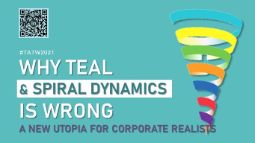
A Timely Laloux Retrospective: Why Teal is Wrong! (and Why You Should Care)
(5 min read)

Emanuele Quintarelli is one of the most progressive and visionary thought leaders and a seasoned business consultant in the fields of organizational development and transformation. With a wealth of experience and expertise, he helps leaders reshape traditional work models into dynamic, value-driven ecosystems. In our interview, we embark on an engaging journey through contemporary alternative organizational models, exploring concepts like Agile, Holacracy, Sociocracy, Teal, and Haier's Rendanhahyi. We question the relevance and possibility of universal values in a complex and pluralistic world while seeking to uncover how organizational design can promote autonomy, participation, creativity, innovation, and social purpose. Throughout the conversation, we gain a deeper understanding of the practical challenges inherent in organizational transformation, emphasizing value co-creation, self-management, and interconnectedness at scale. Join us on a quest to liberate employees and help them rediscover meaning in their work!
Jump to
Why is the interview important? Who are we talking to?

emanuele Quintarelli
We were eager to engage in an interview with Emanuele due to his extensive expertise in organizational design, encompassing both theory and practice. Moreover, his unique insights into Rendanheyi as an education partner of Haier, along with his unwavering dedication to social enterprises, made him a compelling guest for our discussion, which revolved around three primary focus areas.
Firstly, in line with our interest to develop an organisational archetypeanchored inexplicit ethical foundations,we sought to explore the design principles at the coreof Emanuele's work.Central to our inquiry was a pivotal question: Couldresponsible organisational institutions and structures be designed and scaled in the absence of a robust moral and political framework? Could an approach centered solely on negative freedom and personal autonomy avoid compromising the essential interconnectedness of tasks and contributors, failing to cultivate community andshared purpose?Emanuele had often questioned the grounds for normative or universal ethics and the discussion therefore promised to be thought-provoking.
Secondly, we aimed to leverage Emanuele's wide expertise for a deep dive into a comparative analysis of various popular organizational models. With the proliferation of alternative approaches, we were keen to gain a comprehensive understanding of these diverse proposals, considering both their theoretical underpinnings and practical implications.
Lastly, we wanted to delve into Emanuele's personal vision for a cohesive integration of various approaches and his evolving toolkit for entrepreneurial ecosystem enabling organizations (3EO). Our critical inquiry here was whether this model could genuinely bridge autonomy and collaboration or indeed might inadvertently foster more extractive and exploitative labour practices. Furthermore, we sought to examine the extent to which his model, rooted in Haier's Rendanheyi, was reliant on unique Chinese culture and philosophy. Finally, we wanted to understand if it could become a model for all, or would remain more suited to individuals inclined toward risk-taking, competitiveness and entrepreneurship?
Emanuele Quintarelli is a visionary thought leader and seasoned business consultant specializing in strategy, technology, and organizational development. Since 2020, he serves as Equity Partner and Entrepreneurial Ecosystem Enabling Organization (3EO) Micro-Enterprise Lead at Boundaryless, a prestigious design and organizational development agency. Prior to his role at Boundaryless, Emanuele has worked as a Senior Advisor in Digital Workplace Transformation and Organizational Evolution at eFM, Entrepreneur at Cocoon Projects, and Socialenterprise.it. He also was a Co-Founder and Project Leader at People R-Evolution, a movement and community focused on nurturing awareness, passion, and responsibility for interdependent evolution. Before his work in consultancy and entrepreneurship, Emanuele held senior positions at EY, where he focused on Social Business, the Future of Work, and Digital Transformation.
Exploring the Critical concepts for this session
A Resource Kit to launch your explorations
Live video recording and podcasts
Explanations, artefacts and references from the interview
What have we learned? Our "Best Bit" takeaways from the Interview

KEY INSIGHTS FROM THE INTERVIEW FOR OUR INQUIRY
Here you can find the most memorable insights from our interview, related to our three inquiry questions. Simply select from the drop down menu on the right -->
Share the most popular quotes with your social media connections: just click + save picture + post!
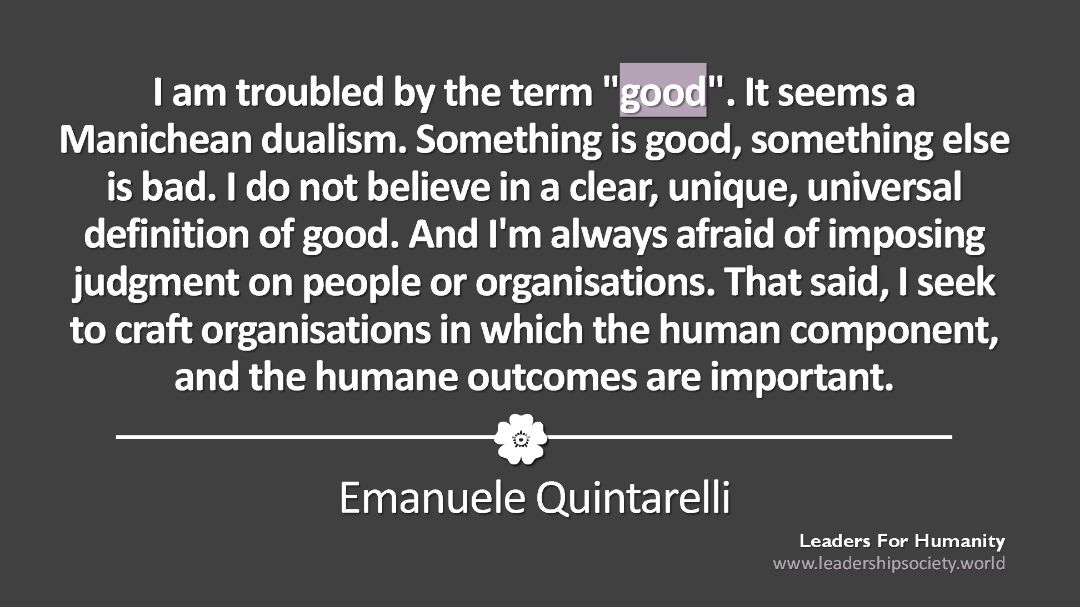





Unleash your curiosity and discover new insights
Further explorations into alternative organisational models, organisational design and complexity
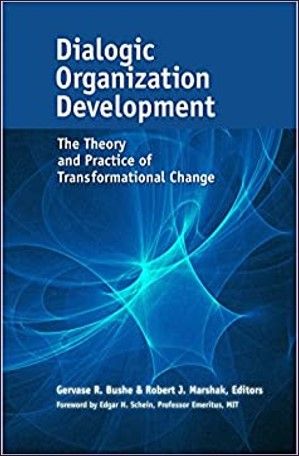
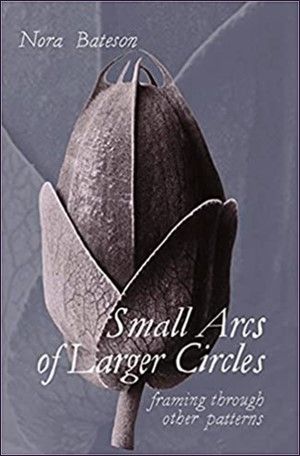
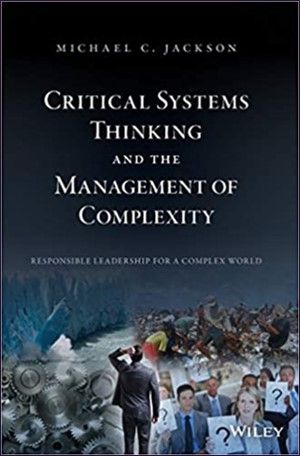
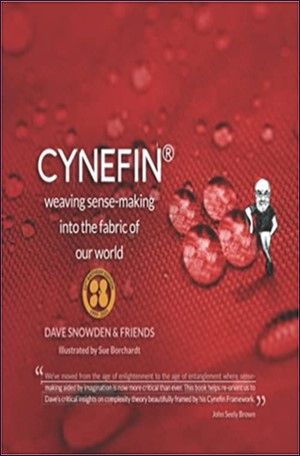
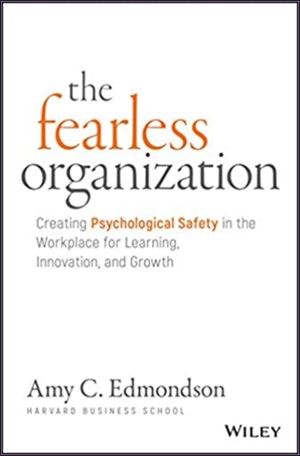
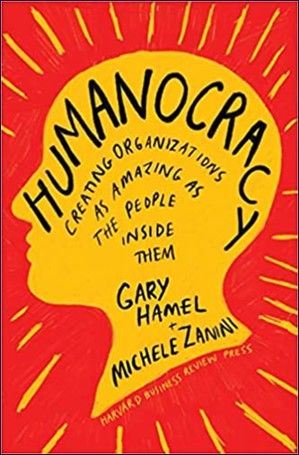
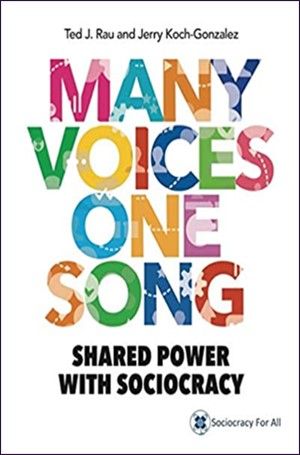
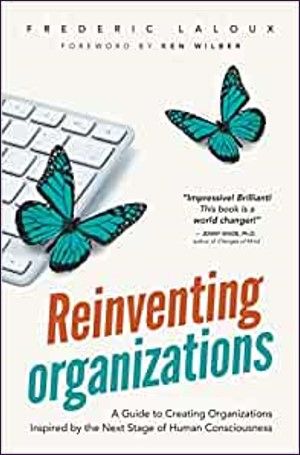
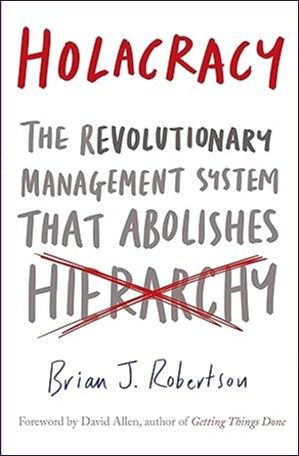
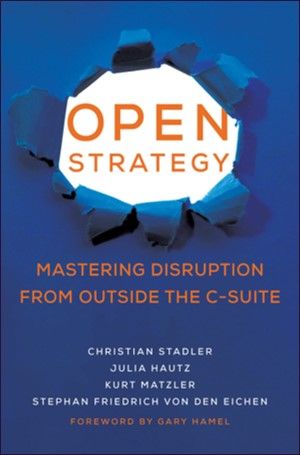
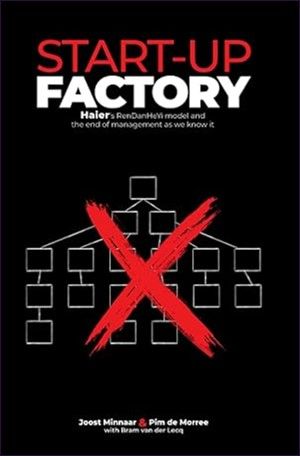
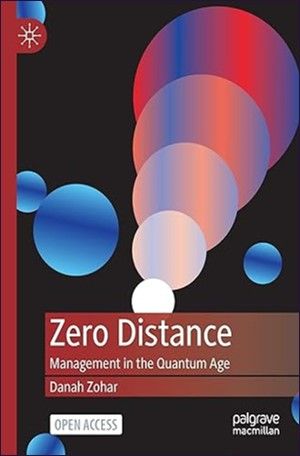
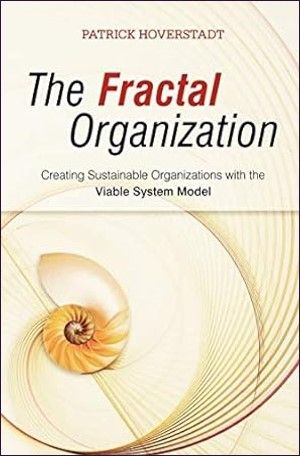
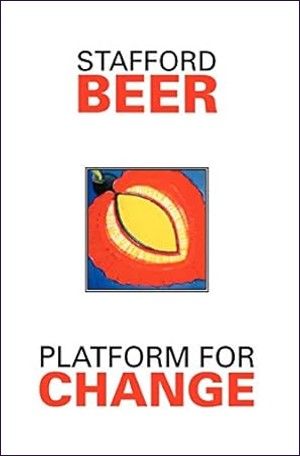
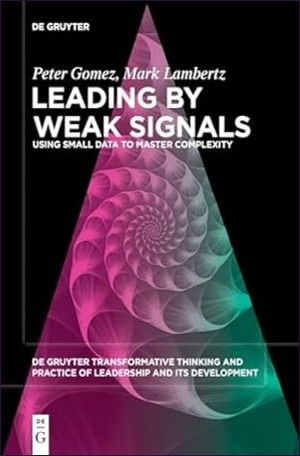
Related blog posts

(5 min read)

(2 min read)
Explore all the popular interviews in this section